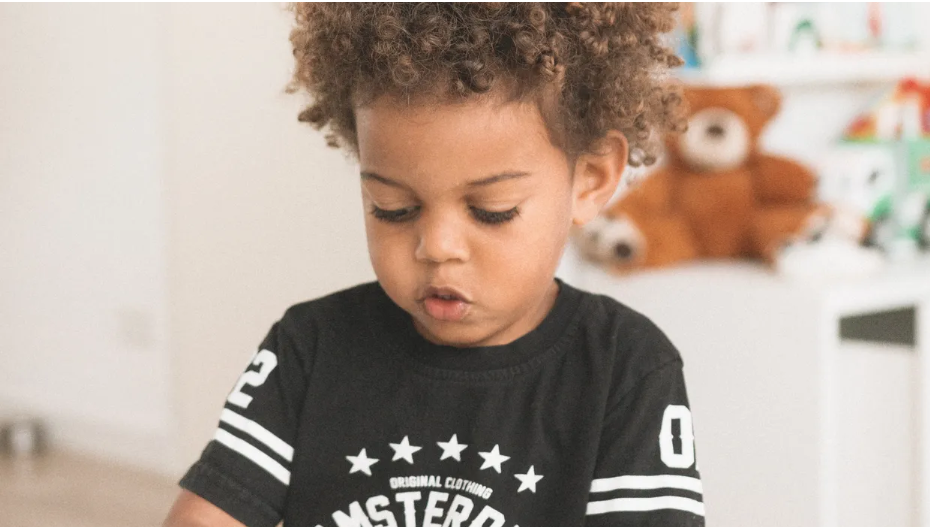Montessori at home: 7 ways to prepare your child for preschool
Whether or not you are looking at Montessori preschools, using Montessori methods at home can be a great way to create a productive learning environment for your baby before school begins to help ease the transition.
Here are some tips to help you and your little one feel confident about—and prepared for—this change.
1. Learning starts at home.
Try to engage your child in play right from birth or as soon as you are ready (it's not too late to start if you have a toddler!). A significant component of Montessori is the prepared environment and the adult's role within it. Observing your baby while they are playing and adjusting the environment as they learn new skills and develop new interests will help to engage your little one in interesting and developmentally appropriate play.
For example, if they are learning to walk, encourage this curiosity by providing a bar or stable shelf to pull up on. Creating an environment that feeds their innate interest and desire to explore will build their strength, confidence, and independence.
2. Start with a low shelf with no more than eight toys or activities.
This gives your baby the freedom to choose what they want to play with without getting overwhelmed. Also, the order and simplicity of their space will allow the two of you to maintain it more easily. Choosing toys that aren't overstimulating, have a clear purpose and require your baby to engage with them to be interesting will instill an attitude of perseverance and engagement from a young age.
A flashy, "battery operated" toy with lots of lights and sounds might capture your baby's attention, but its purpose is mainly entertainment. As Dr. Montessori said, "The hands are the instruments of man's intelligence." The more children are able to use their hands to engage with "child operated" toys, the abler they will be to solve problems and experience their environment, and the more they will discover.
3. Work on practical life skills.
A few small additions to your home environment can build your child's confidence and ability to do things for themselves. For example, add a few low hooks and baskets in your entryway. Once your little one is a confident walker, collaborate with them to put on and remove their coat, and show them how to hang it on the hook.
Offer help taking off their shoes and hat and show them which basket to put them in. Remember to only offer two or three choices of each item of clothing so that she isn't overwhelmed by the possibilities.
Putting in the time and patience now to support them in this process and others like it will empower them to do it on their own. And they will grow to love taking on this responsibility.
4. Practice independent eating.
You can raise a confident and independent eater by practicing at home before preschool begins. Put away distractions to create a calm and relaxed environment during mealtime. This helps your child develop positive associations with food. Allow your little one to practice eating independently, with either their hands or a utensil when they're older. This will help develop vital oral and motor skills, like hand-eye coordination, and teaches healthy eating habits as they learn to regulate bites.
Allow your baby to make a mess, even when it's tough! Babies learn through their senses, and giving them opportunities to experience the natural consequences of their actions helps them learn and grow.
Give your child the chance to be part of the whole process of mealtime, including setting their place when they're ready to eat, pouring their cup of water, cleaning up, and washing their hands.
5. Create a language-rich environment.
Reading, singing and conversation are all wonderful literacy tools that can begin right from birth. The more language you can expose your baby to, the better. They will absorb all the language they hear, so try to use real words with them. Using real language and names for objects will build your baby's vocabulary so instead of just "doggy" try "black lab," and so on. When your baby is starting to use their own words, restrain yourself from correcting them and instead just repeat back what you know they're trying to say.
For example, if they say, "Pass me my wa wa," you might respond, "Sure, I'll get you your water." This reinforces the correct pronunciation of the word without making them feel like they made a mistake, which could damage their confidence and interest in speaking.
Be consistent with the language you and other adults in the environment use. If you use a word to describe something, try to stick to that description. This will make it easier for your little one to make connections as they learn language.
6. Encourage embodied learning.
All learning at this age is done through the senses. This means that your child learns by doing. Focus on creating active ways for your child to learn and use language to give these activities context. Children at this age can memorize quickly because their minds are so powerful and absorbent. But memorization won't lead to understanding. Learning happens by doing.
It's more important that your baby understand the world by living it with their senses—smell flowers, feel the raindrops, taste the lemon, count footsteps, listen and speak with sounds that will give context to the alphabet. This deep understanding of the world around them, as well as practice with linguistic and mathematical concepts, will provide an excellent foundation for learning letters and numbers in preschool.
7. Set routines for your day that are similar to that of a school day.
Creating a schedule for naps, mealtime and play that mimics that of the preschool your child is going to attend can ease the transition from home to school. Children adapt to new schedules very quickly with consistency. This process won't happen overnight. Introduce the new schedule gradually over a few weeks so that their routines won't be completely thrown off when they begin school.
source: Stacy Keane

